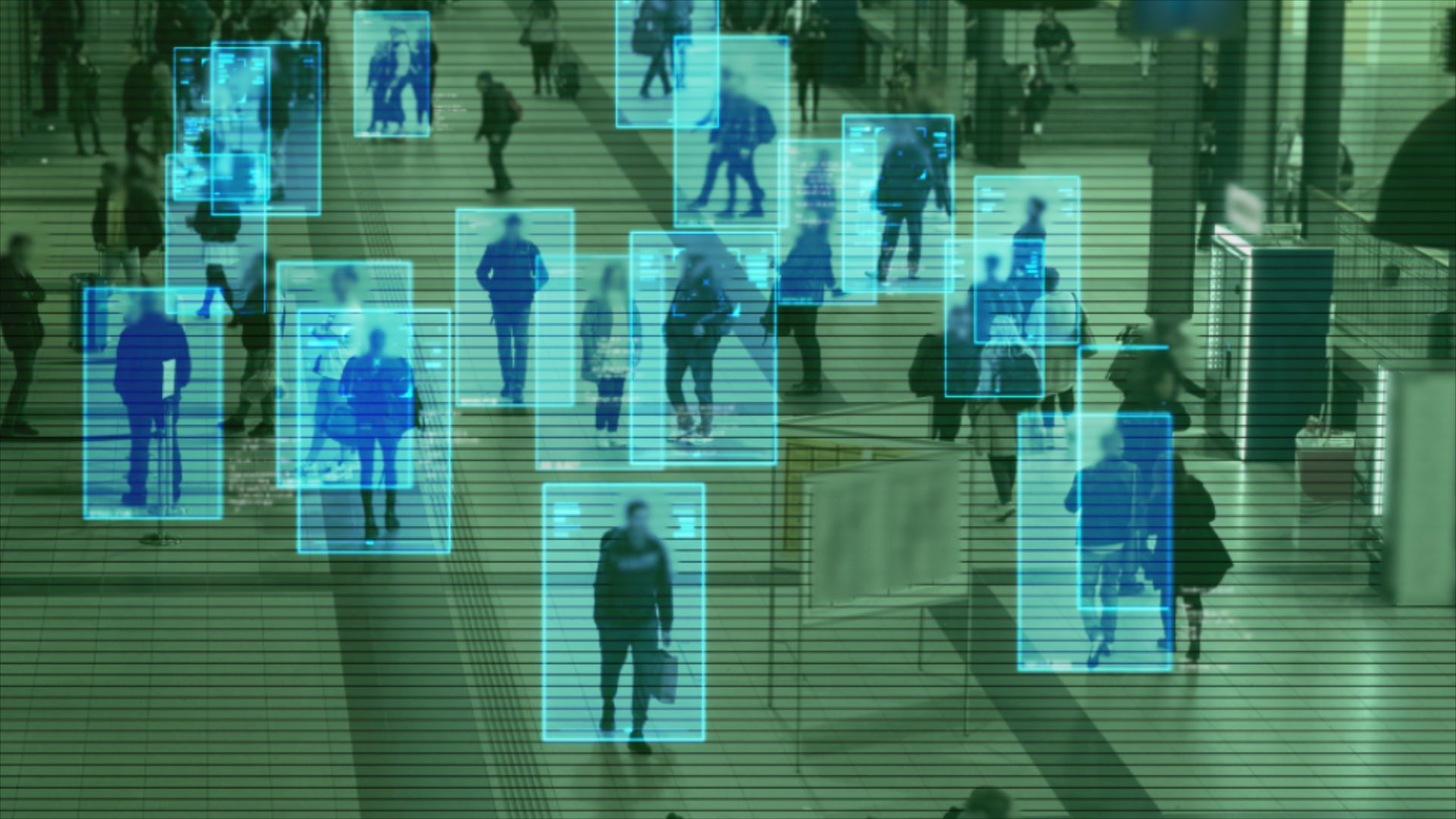1MG FlippingBooks
Australian leadership teams adapt to digital transformation
By Chris Fechner
Digital technology is a powerful tool for leaders in every industry, from business to government, to connect – but in order to get the best of it, we must embrace the process of digitisation.

As a younger leader developing my understanding and craft, I often encountered disruptive new technologies and capabilities. These disruptions interested me as I had seen both their positive and negative impact on my organisations, strongly influenced by leadership’s understanding and management of them. Looking deeper at these disruptive events, I became acutely aware that the timeframe in between them was shrinking, as was the ability to bed-down the changes into the “new normal.” This meant that change was compounding, creating increased levels of uncertainty and risk and decreasing capacity to use the competitive advantage presented by new technology and capabilities.
Computerisation, automation, digitisation, digitalisation: these terms describe the process of leveraging the technological and capability disruptions of the computer, servers, networking, the internet, apps, cloud, big data, robotics, and Artificial Intelligence (AI). In my role as CEO of the Australian Government’s Digital Transformation Agency, I have come to understand the history of how these technologies and capabilities connect over time to reflect our digitisation journey that has innovated to inform, support, and protect our Australian society.
In Government, digitisation allows us to support our most vulnerable and isolated. Online social and medical services seamlessly incorporate the collection of taxable revenues from people and business into everyday activity. This also makes it possible to connect and consult with vastly more of our citizens, wherever they are, to decide how we collaboratively shape the future of our country. This has been a challenge for government. In protecting our society, it is impossible to satisfy everyone. We do not get to choose our market or our preferred channel. We must always strive to provide more while spending less. And when the worst happens – if we experience flood, fire, or life-changing virus – governments must rally, organise, and innovate quickly to ensure support for our people and businesses and continuity of the functions of government.
In a decade marked by emergencies, digitisation has been a silver lining to a dark cloud. Through digital innovation, functions that traditionally took years to deliver were suddenly able to be delivered in weeks and months. Our digital capability supported the rapid policy and service delivery processes necessary to manage the wellbeing of society and the economy. While some might think that all the digital capability was forced into reality by the crisis, the fact is that governments have been innovating for decades, navigating the digital disruptions and innovation cycles of automation, web, online services, cloud adoption, and automated decision making. Sometimes these technologies have become layered, driving incremental innovation, and sometimes the digital transformations have caused a destructive innovation where the previous paradigm has had to be discarded to make way for the new. However, whether the change is incremental or destructive, the obligation to continue to provide government service and to create new and improved services to meet society’s needs and expectations is unremitting.
While government and industry are clearly different, they share some common attributes. Where business and government leaders have invested the time and resources to understand and embed digital as a foundation of their organisations, they have become more agile, adaptable, and resilient. Where leaders in government and industry have resisted the relentless march of digitisation, there is a similar story of increasing risk and decreasing flexibility and satisfaction. And while governments may endure, many companies have disappeared forever. This is a cautionary tale for both government and industry.
Over the last 60 or so years since the creation of the silicon chip, futurists have been making bold predictions. Some of them, such as the increase in computing power over time, have been uncannily accurate, and others, such as the internet being a fad, horribly wrong. But at least in the Australian Government, there is an explicit acknowledgement that digital is permeating every aspect of the delivery of government and that we need to continue to invest in digital transformation – not just now, but consistently into the future. Government has been transformed by E-government, Gov 2.0, and the soon incoming Gov 3.0. E-government automated government processes, Gov 2.0 evolved toward open, collaborative, cooperation with society, using networking and digital technology to engage and serve, and Gov 3.0 will reflect the need to apply governance and human values to technologies such as virtual and augmented reality, Government as a Service (GaaS), big data, Internet of Things (IoT), and AI in future public service digital innovation. Governments also know that our digital future involves cyber threats, and that – given the lack of historical precedents – we must innovate across technology, policy, and legislative environments to protect our society and ourselves from harm.
So where is digital taking us in government? The Australian Public Service workforce will need digital skills in the same way they now need language skills – they will be essential for our future success. Giving up ownership of digital technologies by moving to cloud will allow us to shift our attention from operating to innovating and scaling as needed without unnecessary barriers. By using our vast amounts data and information, we can ethically and responsibly deliver targeted services and enhanced protections to society, and in doing so, shift from a rigid process orientation to a focus on insights around our society’s needs. Digital twins will facilitate safe and convenient interaction and understanding of our physical world and allow us to plan and better understand our impact before we build or take-down. One massive benefit of using AI, and specifically Generative AI, is its ability to lift our productivity by collecting, synthesising, and providing insights. Deep learning will “see” patterns and solutions in data at a scale that is almost incomprehensible, and this may be the key to resolving those “wicked problems” that have evaded traditional approaches in programs and policy by governments, like the growth of violent crime. This isn’t a futurist view; it is an eventuality that we must be prepared for.
Our government can and will continue to innovate, and digital will be at the heart of it. Globally, governments have a small advantage in that they are, for the most part, not competitive, meaning that they can share digital innovation to deliver change sooner. Digital innovation is fuelling government evolution, and in the years ahead, it will do the same for business.
Chris Fechner is the CEO of the Digital Transformation Agency, and the Head of Digital Profession– an organisation working to enhance digital skills across the Australian Public Service.










